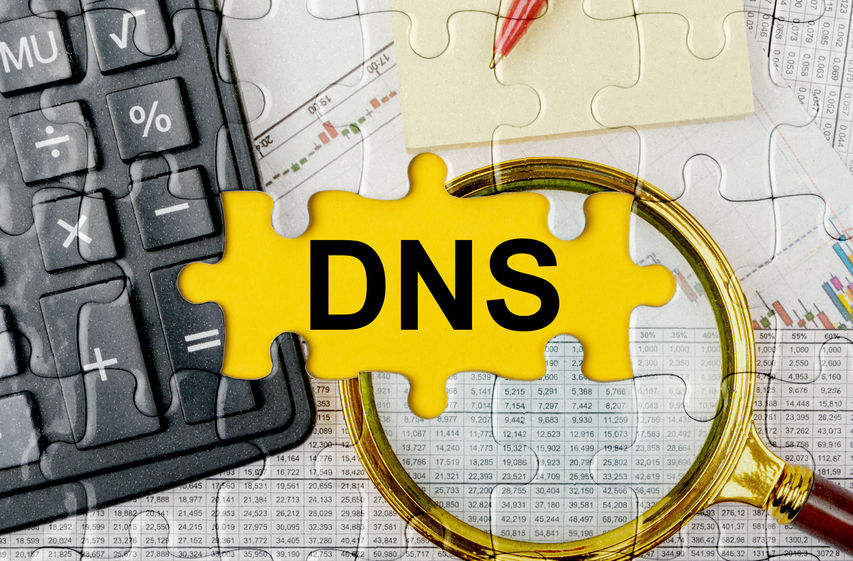Do you remember when the Internet meant a connection to a desktop computer? Later laptops came to your business, followed by tablets, printers, and all your colleagues’ smartphones, etc. Have you considered how many devices are looking for Internet connection in your business facilities right now?
And this happens daily all around the world. The number of devices grows in such a way that managing networks are getting very complex. Just IP addresses’ assignation or tracking can take a lot of time. And network administrators have so many more tasks to comply with.
To do this manually is not really a choice. In such a scenario, IP address management (IPAM) is very convenient for you.
IPAM Integration with DNS and DHCP
What is IPAM?
IP Address Management is software that allows you to administrate, plan and monitor all the data linked to the IP address space on a network. IPAM automates all the processes related to the management of IP addresses through a friendly interface.
Some of the tasks IPAM software can efficiently manage for you are:
- Show you the hostname linked to IP addresses.
- Scanning networks for checking the IP addresses’ status temporarily or permanently and register details.
- Looking for available IP addresses when you need them.
- Assigning IP addresses to devices.
- Finding abandoned IP addresses on your network and reclaim them.
- Getting available unique IP addresses and reserve them.
- Pointing the exact routers used by every connected device.
- Monitoring and scanning routers, importing subnets’ configurations to be available on IPAM settings.
- Visualizing in real-time subnets, their size, and devices using them.
- Locating specific devices for collecting important information through IP discovery tools.
- Automating IP management in virtual environments. Monitoring IP addresses in the cloud, getting details, and solving issues.
- Creating and removing automatically PTR and DNS A records on virtual machines.
- Informing about mismatched DNS entries, available subnets’ capacity, IP addresses conflicts, etc.
- Moving your sites and subnets from IPv4 to IPv6.
- Expanding your network.
- Decreasing human errors while updating information. IPAM updates all the info automatically.
How does IPAM work?
There are different IPAM providers, paid and free ones. IPAM helps with several tasks, and each has an own process. There can be differences in the technical way they work, but let’s explain it in general terms.
IPAM manages a very important trio in every network: Domain Name System (DNS), IP addresses, and Dynamic Host Configuration Protocol (DHCP). The three provide key information for IPAM to manage its tasks.
The IPAM gets details from all your network’s devices by using Internet Control Message Protocol (ICMP), neighborhood scanning, and Simple Network Management Protocol (SNMP). Just this last protocol can collect and organize data about IP networks’ devices, for altering it changing devices’ behavior.
Due to the combination of such tech, and additional monitoring tools, IPAM can get the necessary data to manage IP address space on your network. All data and statistics get stored in a database for you to access easily.
Benefits of using IPAM
To keep your network healthy and secure sounds like good benefits.
- Prevent security breaches. Having constant monitoring of your network and clear accountability of every connected device, IP addresses, assignment dates, time, etc., increases the protection.
- Avoid IP address conflict. Sometimes, two devices get the same IP, so they can’t connect. IPAM won’t allow this to happen.
- Fix issues easier and faster. Since you won’t need to find the issue manually, once it gets detected, you gain time to keep your network working efficiently.
Conclusion
IPAM is an efficient way of administrating big networks, improving productivity, and reducing errors. Your network administrators or IT team will be the happiest with this tool. No more manually filled spreadsheets!


